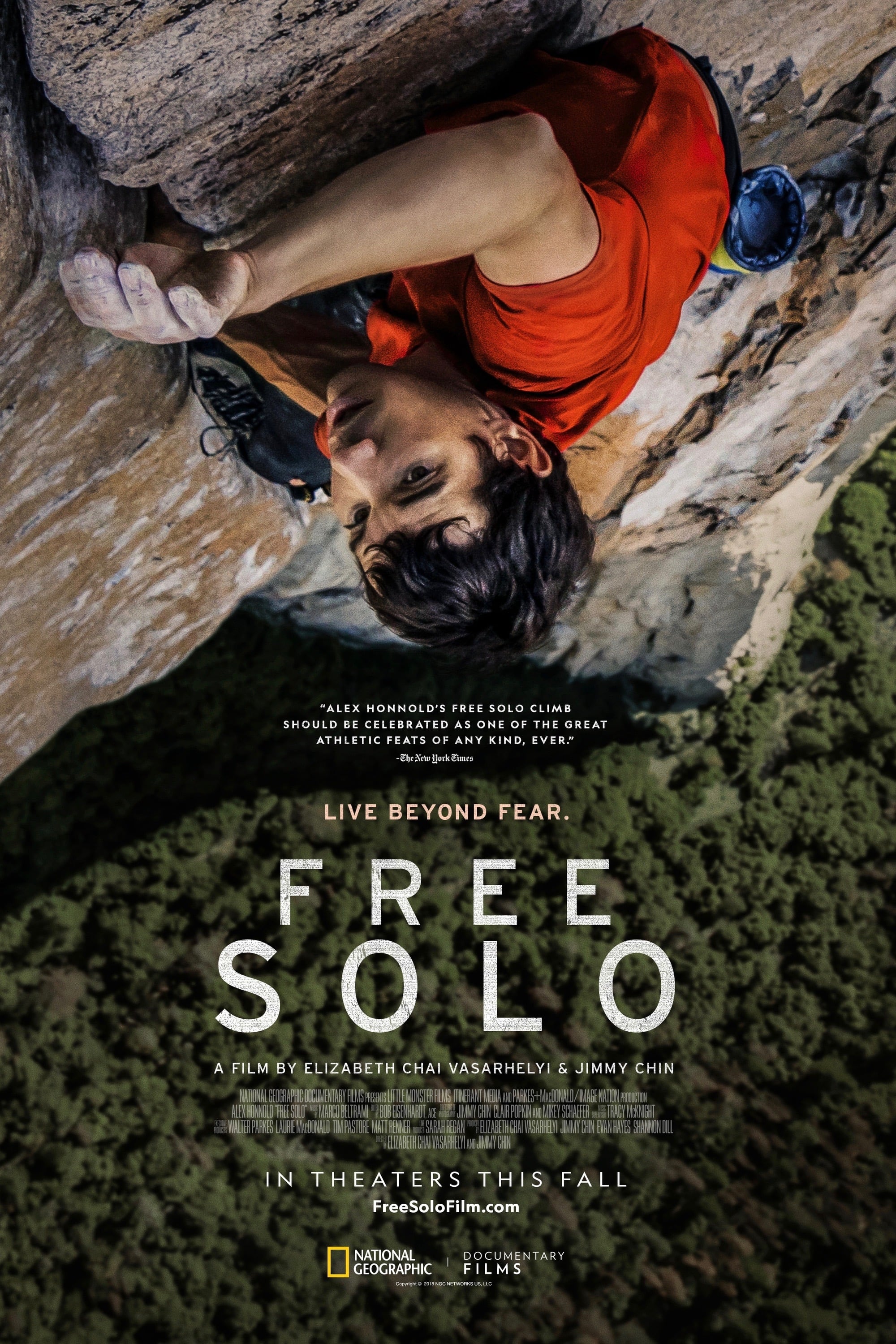Editing Trailers – Part 1
We cut trailers of all types: theatrical, fundraising, sizzle reels, ripomatics. This week in Part 1, I’m sharing general tips for editing trailers. And next week, as a case study, I’ll analyze a new trailer from a Sundance award-winning film.
So…how do you condense hours of footage into a highly watchable two minutes? There’s a lot to do: maximize drama, showcase production values, establish credibility…and give a sense of the film’s quest or central inquiry. Whew! Here are some structural templates to guide you.
Fundraising trailers can be bookended with the director’s 1) self-introduction and 2) pitch for funds. Within these 10-second bookends, think of any trailer as having two to three “movements”, each defined by dramatic music shifts.
In character-driven docs, the first movement typically introduces us to the inciting incident, which leads to the protagonist’s goal or quest. For example, in the trailer for Free Solo, the protagonist says about climbing El Capitan, “I’ll never be content until I at least put in the effort.” That’s at :34 seconds.
The first movement also can convey social proof through early title cards in the form of the director’s past awards or festival laurels. More importantly, three carefully-worded title cards can set up the film’s quest, or themes.
For example, check out this theatrical trailer for Joe Berlinger’s award-winning Crude. At :10 seconds you’ll see festival laurels, establishing credibility. At :19 seconds, title cards reveal the setting and conflict.
(Edited about ten years ago, Crude’s trailer is 2:34 minutes, a bit long by today’s standards, Free Solo’s National Geographic trailer notwithstanding. Today’s theatrical trailers run 1:30-2:15 minutes. Fundraising trailers run 1-6 minutes. My advice? Cap your trailer–of either type–under 2 minutes, because busy Type A people processing email won’t watch for long.)
The second movement reveals at least one challenge to the quest, often in the form of a verite moment with dialogue. Big mistake warning: don’t give away the climax or central revelation, or you’ll lead your viewer to think, “I feel like I just watched the film.”
For a theatrical trailer, the second movement often begins with a dramatic shift in music followed by critics’ quotes, such as “brilliant and inspirational” and then some challenge to the protagonist’s quest.
For an essay-style documentary, the half-way point often reveals a deeper question.
While a third movement is not necessary, for a fundraising trailer in particular, the third movement might be a cliffhanger scene or dire situation that makes the viewer feel, “This is important to fund!”
Then, the director–or even a character in a social issue doc–can make a 10 second pitch for a donation.
A few more quick tips:
Use sound effects.
Avoid a solid bed of music throughout the trailer, which is a common mistake. Use music for mood and scene transitions. Let it swell for emotion. Also, take music away and bring it back later; both edits will serve as punctuation points.
Only use shots that showcase high production values.
Employ narration in the form of title cards, rather than voice over.
Next week in Part 2, I’ll present a case study that incorporates these tips!
